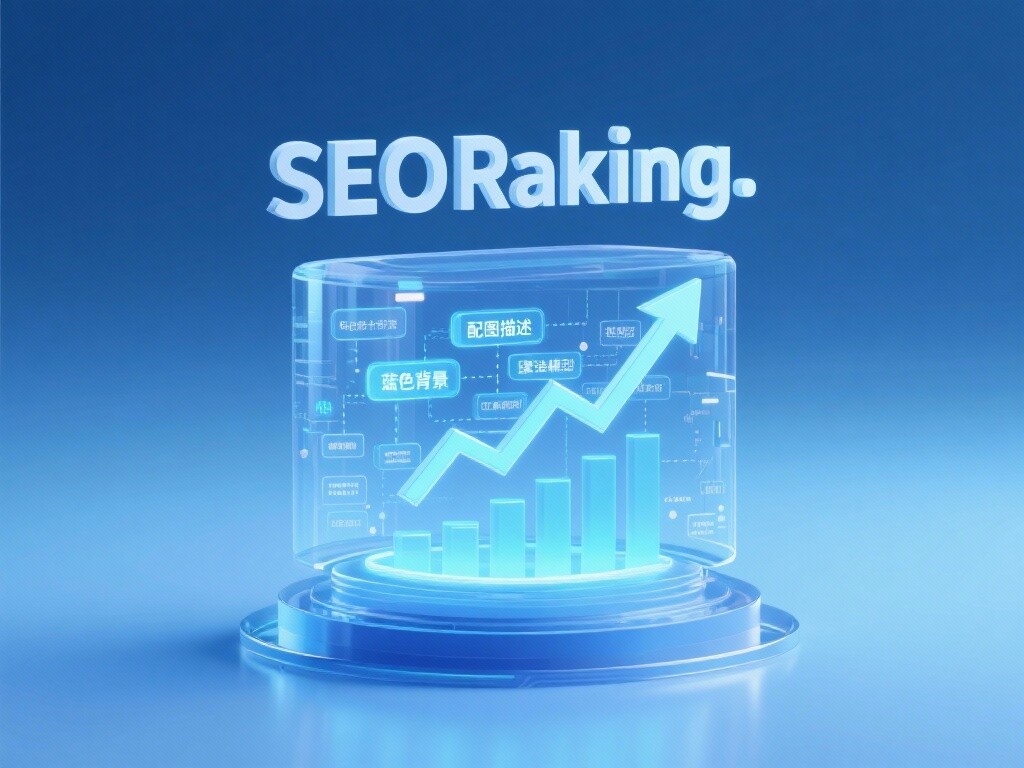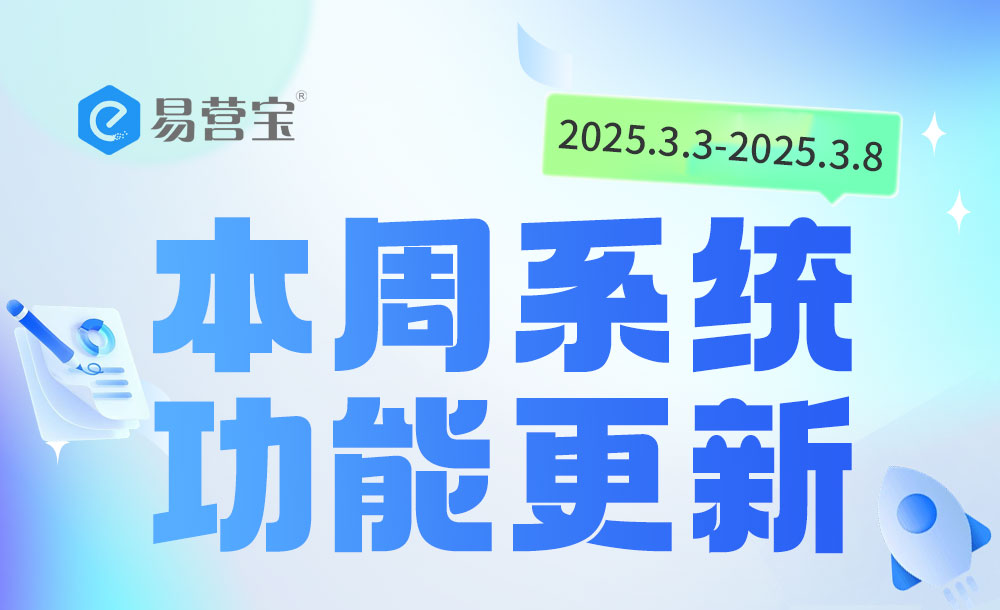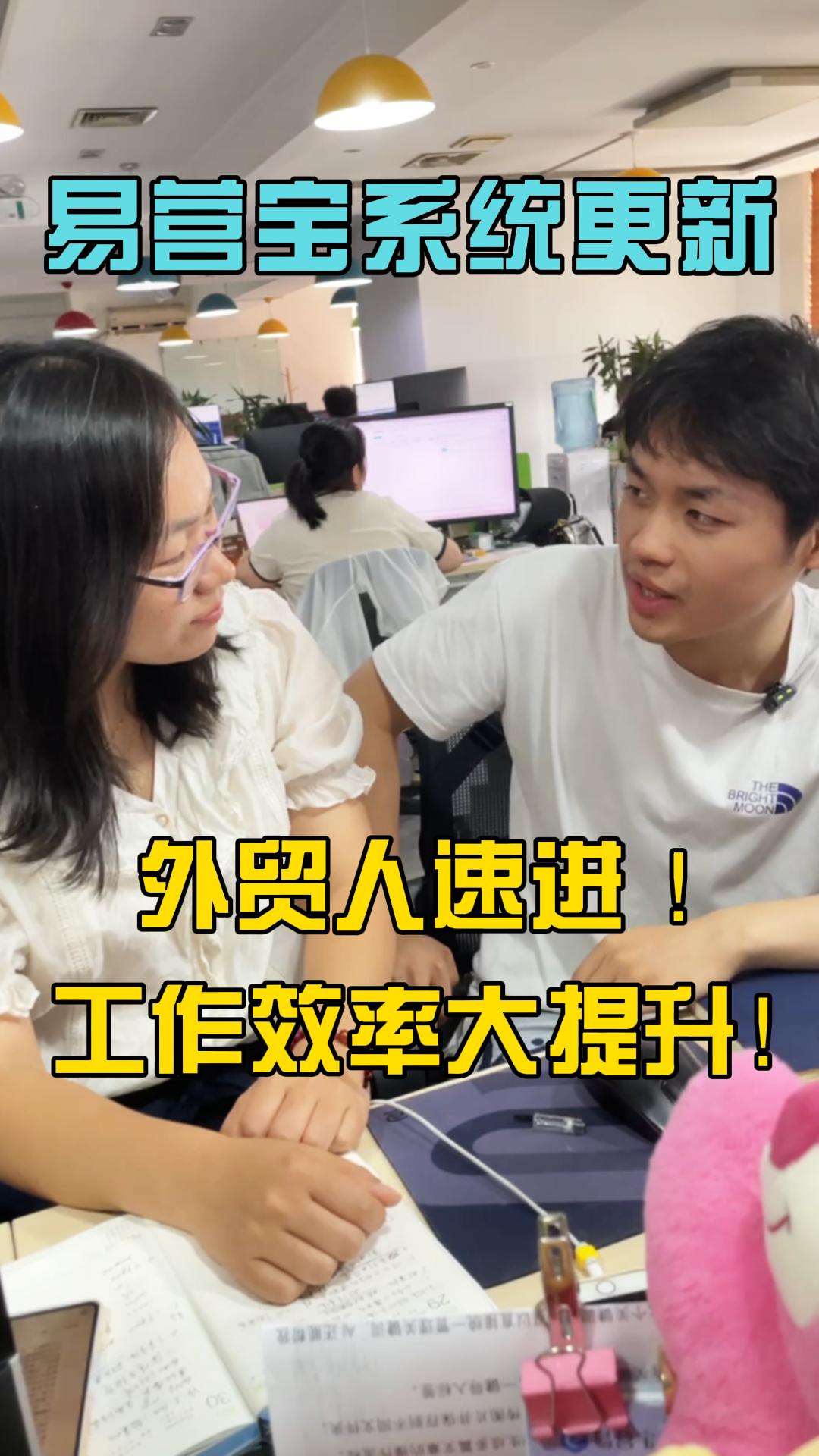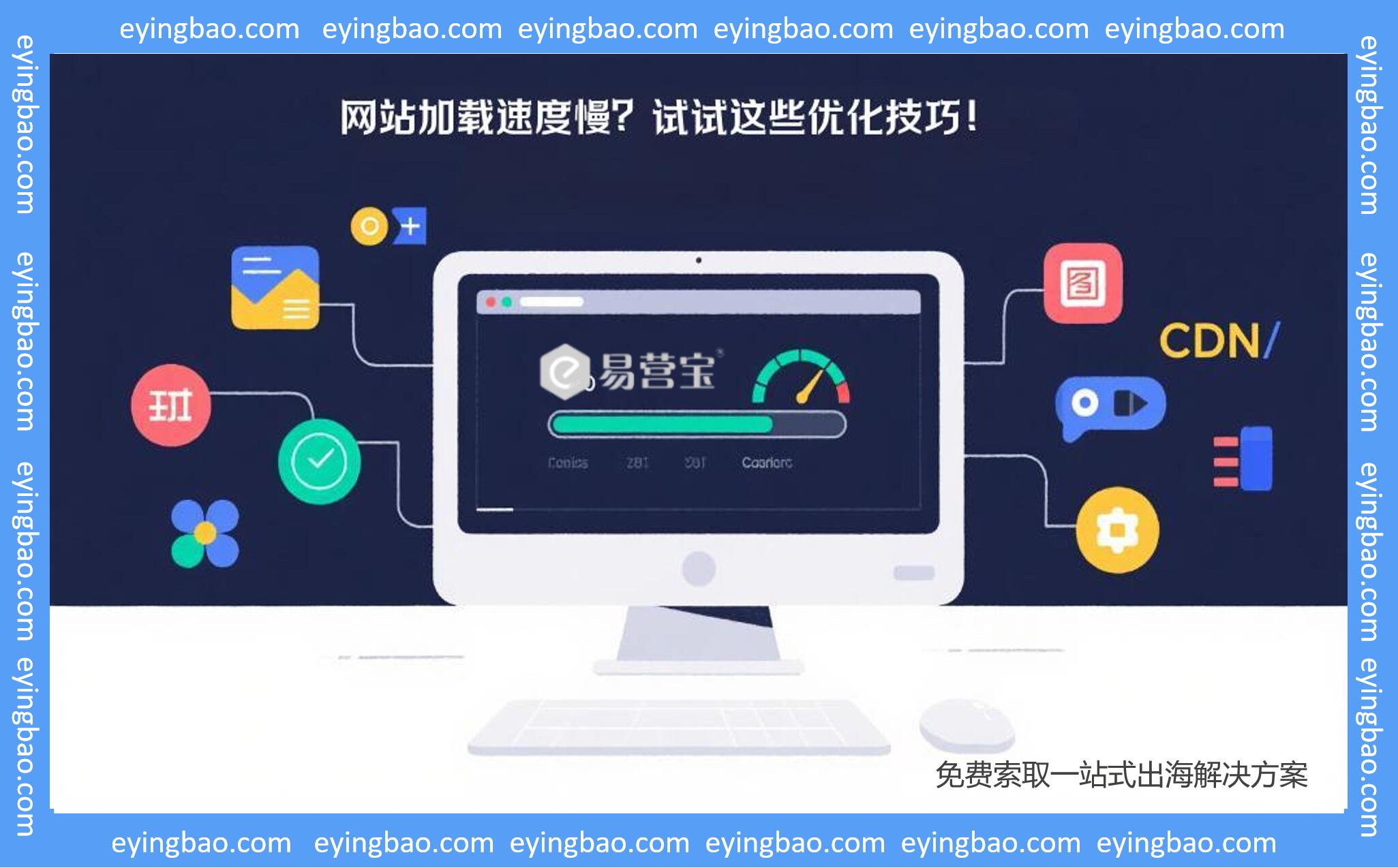Easy Camp Cloud Intelligent Website Construction and Marketing System Platform!
Definition of SEO Ranking: Visibility and Authority Indicators in Search Results
**SEO Ranking** refers to the position of a website or webpage in the search engine's (e.g., Google, Baidu, etc.) organic search results page (SERP) relative to competitors. Typically, the higher the ranking (e.g., position #1), the higher the click-through rate (CTR)** and the greater the traffic value.
Core Elements of SEO Ranking:
Visibility: The extent to which website content is** crawled (Crawl) and indexed (Index)** by search engines.
Relevance: The degree to which website content matches the user's** search intent (Search Intent)**.
Authority: The credibility, expertise, and trustworthiness of a website, primarily demonstrated through high-quality backlinks.
Ultimate Goal of SEO Ranking: To secure stable, keyword-precise top 10 search result positions, especially the top 3 (Top 3).
History of SEO Ranking: From Simple Rules to the E-E-A-T Framework

The evolution of SEO ranking reflects the continuous intelligence upgrades of search engine algorithms, shifting from a focus on "machines" to "users":
1. Early Stage: Keyword Density and Link Quantity (1990s-2003)
Ranking Factors: Search engine algorithms were simple, relying mainly on keyword density on pages, keywords in title tags, and the quantity of backlinks.
Characteristics: Vulnerable to black-hat techniques (e.g., keyword stuffing, hidden text), resulting in poor user experience.
2. Quality Scoring and Algorithm Penalties (2003-2015):
Core Shift: Google introduced the "PageRank" algorithm, emphasizing the quality and authority of links over quantity.
Major Updates:
Panda Algorithm: Penalized low-quality, thin, and duplicate content.
Penguin Algorithm: Penalized spam links and unnatural links.
Impact: Rankings became tied to content quality and link naturalness, increasing SEO difficulty.
3. Mobile Optimization and User Experience (2015-2020):
Trend Driver: Google launched Mobile-First Indexing, making mobile device compatibility a core ranking factor.
Deep Optimization: Website loading speed (Page Speed), HTTPS security, and** user experience (UX)** were incorporated into ranking considerations.
4. Core Web Vitals and the E-E-A-T Authority Framework (2020-Present):
Technical Standards: Introduction of Core Web Vitals (LCP, FID/INP, CLS), quantifying website performance as ranking signals.
Authority Upgrade:E-A-T (Expertise, Authoritativeness, Trustworthiness) evolved into E-E-A-T (Experience, Expertise, Authoritativeness, Trustworthiness). High-ranking websites must demonstrate real-world experience and deep knowledge, especially in YMYL (Your Money or Your Life) fields like finance and healthcare.
Technical Principles of SEO Ranking: Google's Algorithm and the Three Core Pillars
SEO ranking is the result of search engine algorithms performing complex calculations on websites. Understanding the three pillars behind it is critical:

1. Pillar One: Crawling and Indexing (Crawl & Index)
Crawl: Search engine** bots (Bot/Spider)** access and download webpage content based on Sitemaps and internal link structures.
Index: Bots store parsed page content in a massive inverted index database.
Technical Principles: A website's Robots.txt file, Sitemap.xml, and** URL canonicalization tags (Canonical Tags)** determine bot efficiency and indexing accuracy. Pages not indexed cannot rank.
2. Pillar Two: Relevance Matching
Principle: Search engines use natural language processing (NLP) andmachine learning to analyze user queries' search intent (e.g., purchase, learning, or navigation).
Matching Mechanism: Algorithms match query intent with indexed pages based on content depth, keyword usage, title/H tags, and Schema structured data.
Core:Intent matching is the primary ranking factor. A page perfectly matching user search intent may rank high even with lower authority.
3. Pillar Three: Authority Assessment
Principle: Algorithms evaluate a website's** backlink profile (Backlink Profile)** to assess its credibility and importance within an industry.
Core Elements:
Link Quantity and Quality: Links from high-authority, highly relevant websites are key "votes" for ranking improvement.
Brand Mentions: Brand name mentions on other websites or social media, even without links, serve as authority signals.
E-E-A-T Signals: Author information, professional credentials, user reviews, and trust badges on a website.
Five Core Optimization Elements for SEO Ranking
A comprehensive SEO ranking strategy must systematically cover these five dimensions:
1. Technical SEO: The Foundation of Ranking
Elements: Website architecture, loading speed (Core Web Vitals compliance), mobile compatibility, HTTPS security, correct Sitemap/Robots.txt configuration, and elimination of redundant 4xx/5xx errors.
Goal:Remove all obstacles hindering search engine crawling and indexing.
2. Keyword and Intent Matching: The Traffic Gateway
Elements: In-depth keyword research, precise matching of keywords with search intent, optimization of titles/meta descriptions, and thematic depth of page content.
Goal:Ensure content solves users' core problems and attracts clicks (high CTR).
3. Content Quality and E-E-A-T: The Ranking Elevator
Elements: Content originality, depth, structure (H tags), multimedia usage, author information (clear professional experience and credentials), and transparency (contact details, refund policies).
Goal:Position the website as an industry authority resource, meeting Google's highest content quality standards.
4. Off-Site SEO and Authority: The Credibility Backbone
Elements: Acquisition of high-quality, highly relevant backlinks, brand mentions on authoritative media, and social media engagement.
Goal:Enhance the website's domain authority (Domain Authority/Rating).
5. User Experience and Engagement: Algorithm Feedback
Elements:Dwell Time, Bounce Rate, Pogo-sticking (quick returns to search results), page layout, and navigation usability.
Goal:Keep users satisfied on the page, proving to search engines that the page is a high-quality answer.
Applications and Commercial Value of SEO Ranking Optimization
High SEO rankings deliver sustained, high-return commercial value:
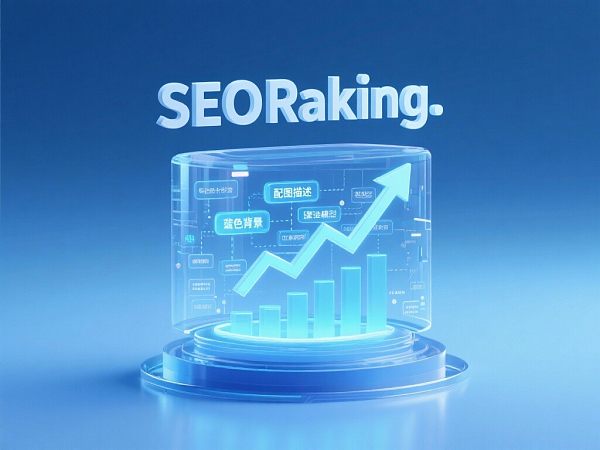
Sustained Reduction in Customer Acquisition Cost (CAC):
Value: SEO traffic is free and passive. Once rankings are achieved, they can continuously drive traffic, with long-term CAC significantly lower than paid ads (SEM).
Enhanced Brand Authority and Trust:
Value: Top search result positions (especially Top 3) naturally carry brand endorsement effects. Users tend to trust higher-ranked websites as more professional and reliable.
Sustainable Traffic Asset Accumulation:
Value: Unlike paid ads, SEO rankings can maintain traffic for extended periods even after pausing optimization. Each optimization effort contributes to building long-term digital assets.
Maximized Conversion Rates and Profits:
Value: SEO traffic is high-intent, as users actively seek solutions. Thus, SEO traffic typically converts better than social media or display ad traffic.
EasyProfit: Your SEO Ranking Breakthrough Expert
EasyProfit understands that SEO ranking is a scientific marathon. Our SEO ranking solutions are systematic engineering projects based on data-driven insights, algorithm analysis, and full-path optimization.
SEO Diagnostics and Ranking Bottleneck Analysis: Through in-depth technical audits, identify all technical, content, and authority issues hindering your website's high rankings.
E-E-A-T Content Strategy Planning: Develop authoritative content clusters and thematic depth plans tailored to your industry, ensuring your website content meets the highest standards of expertise in Google's algorithms.
High-Quality Link Acquisition Services: Focus on acquiring backlinks from authentic, high-authority industry websites to stabilize your ranking credibility.
Core Web Vitals Performance Optimization: Ensure your website leads all competitors in loading speed and user experience, meeting Google's latest ranking requirements.
Continuous Monitoring and Algorithm Response: 24/7 monitoring of ranking fluctuations, providing early warnings and response strategies during Google algorithm updates.
Choose EasyProfit to transform your SEO ranking from a gamble into a predictable, measurable growth system that delivers sustained high-value traffic.
FAQ
1. How long does it take to achieve SEO rankings?
There is no fixed answer, as it depends on competition and website fundamentals.
New websites/high-competition industries: It typically takes 6-12 months to establish authority and secure first-page rankings for competitive keywords.
Established websites/low-competition long-tail keywords: Significant improvements in indexing and rankings can be observed within 1-3 months.Key factors: The website's technical health, content originality, and ability to consistently acquire high-quality backlinks.
2. Why is my page indexed but not ranking?
Being indexed is only the first step.Lack of rankings usually stems from "insufficient authority and intent mismatch":
Insufficient authority: Your website lacks industry credibility and external links to compete with higher-ranked pages.
Intent mismatch: Your content doesn't fully address user search intent or lacks the depth and breadth of top-ranking pages.
Technical issues: Despite being indexed, pages may have **Core Web Vitals failures, duplicate content** or other hidden technical limitations affecting rankings.

Customer Reviews
Mr. Han, Market Director of a B2B Industrial Equipment Supplier
"Our website traffic previously relied entirely on Google Ads at extremely high costs. After partnering with YiYingBao, they first conducted an in-depth SEO ranking diagnosis, identifying major Core Web Vitals performance issues on our site. Following technical fixes, they implemented an E-E-A-T-driven content cluster strategy. Within less than a year, all 5 of our core high-value keywords reached Google's top three positions,with organic search contributing 60% of new inquiries and reducing customer acquisition costs by 75%. High SEO rankings have been revolutionary for our business model."
Ms. Zhang, Founder of an Online Education Platform
"We faced challenges with content homogenization and stagnant rankings. YiYingBao's experts conducted search intent and competitor gap analysis, revealing our content depth lagged far behind competitors. They guided us to upgrade blog structures, add author credentials, and proactively obtain industry authority links. Now we rank #1 for multiple 'how-to' and 'guide' long-tail keywords,with significantly improved domain authority and user trust, directly reflected in stable growth of paid course conversion rates."
 EasyStore Weekly Update: Website Performance + SEO + Advanced Editing—Triple Your Traffic Boost!EasyStore SaaS Smart Website Builder Rolls Out Four Major Updates This Week! Performance Testing, Advanced Editing, One-Click Publishing, Smart Matching—Instantly Elevate Your Site to Industry Standards! Click to Experience Limited-Time Free Access to 'Website Testing & Optimization Solution'!
EasyStore Weekly Update: Website Performance + SEO + Advanced Editing—Triple Your Traffic Boost!EasyStore SaaS Smart Website Builder Rolls Out Four Major Updates This Week! Performance Testing, Advanced Editing, One-Click Publishing, Smart Matching—Instantly Elevate Your Site to Industry Standards! Click to Experience Limited-Time Free Access to 'Website Testing & Optimization Solution'! 10X Boost in Foreign Trade Website SEO Efficiency? Yisoubao's Latest Update is Game-Changing! Keywords, Content, Materials – All Covered!Foreign trade professionals, marketers, designers – this is for you! Tired of low efficiency in website SEO optimization, content updates, and material management? Yisoubao SaaS Smart Website Marketing Platform is rolling out a massive offer this week! Four major features upgraded to help you ditch inefficiency, dominate search engine rankings, and watch orders pour in!
10X Boost in Foreign Trade Website SEO Efficiency? Yisoubao's Latest Update is Game-Changing! Keywords, Content, Materials – All Covered!Foreign trade professionals, marketers, designers – this is for you! Tired of low efficiency in website SEO optimization, content updates, and material management? Yisoubao SaaS Smart Website Marketing Platform is rolling out a massive offer this week! Four major features upgraded to help you ditch inefficiency, dominate search engine rankings, and watch orders pour in! Is your website loading slowly? Try these optimization techniques!This article details practical techniques to improve website loading speed, including image optimization, reducing HTTP requests, utilizing CDNs, while also exploring the differences between SEM and SEO and fast indexing techniques. Helps you enhance website SEO ranking and user experience.
Is your website loading slowly? Try these optimization techniques!This article details practical techniques to improve website loading speed, including image optimization, reducing HTTP requests, utilizing CDNs, while also exploring the differences between SEM and SEO and fast indexing techniques. Helps you enhance website SEO ranking and user experience. Methods to Improve SEO Results and Double Your Website Traffic!This article details core methods to enhance website SEO performance, covering distinctions between SEM and SEO, techniques for rapid website indexing, loading speed optimization, and other practical strategies to help achieve exponential traffic growth.
Methods to Improve SEO Results and Double Your Website Traffic!This article details core methods to enhance website SEO performance, covering distinctions between SEM and SEO, techniques for rapid website indexing, loading speed optimization, and other practical strategies to help achieve exponential traffic growth.



